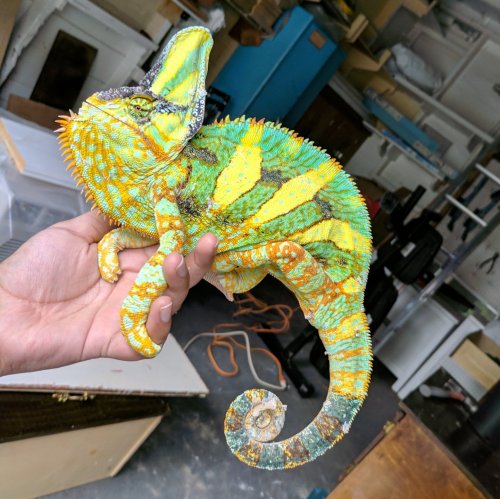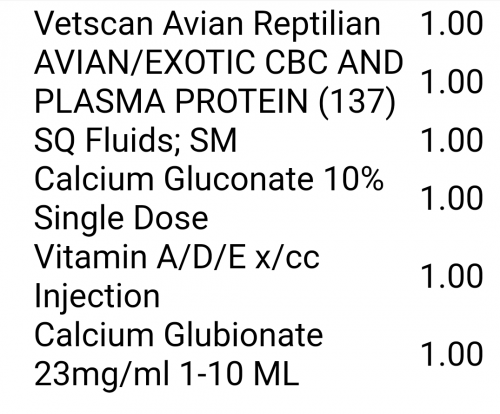taz_s_824
Member
Hi all,
Attached is a picture of my veiled. He is going through a recent shed and I noticed today that a part of his tail is a different color. His tail is still shedding but wanted to make sure it's nothing to worry about. It's been this way for a few hours and while still asleep his tail is still the same.
Anything to be concerned about? Is this because of the shed?
I also just came back from the vet day before where they gave him a couple of shots but nothing on the tail. He's eaten very little.
Attached is a picture of my veiled. He is going through a recent shed and I noticed today that a part of his tail is a different color. His tail is still shedding but wanted to make sure it's nothing to worry about. It's been this way for a few hours and while still asleep his tail is still the same.
Anything to be concerned about? Is this because of the shed?
I also just came back from the vet day before where they gave him a couple of shots but nothing on the tail. He's eaten very little.



